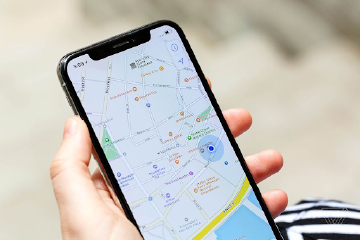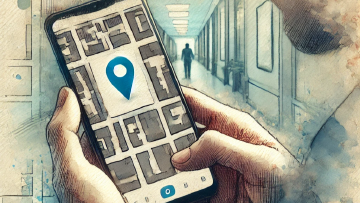The cost of confusion: Poor indoor navigation is costing bricks and mortar businesses tens of billions of dollars
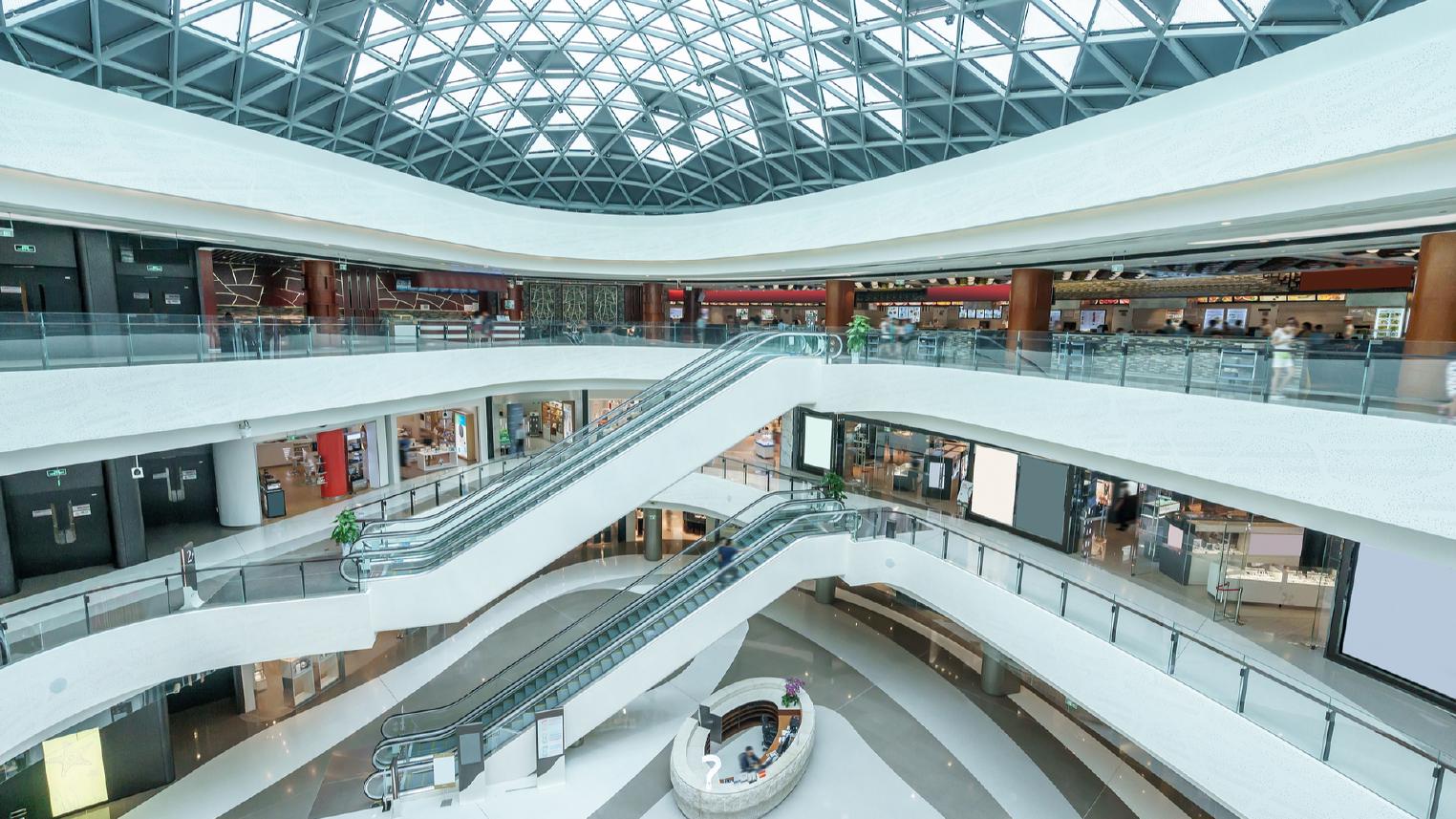
Getting Lost Indoors Costs Billions
Imagine when you last arrived at a big public building. Perhaps it was a hospital, an airport, or a shopping mall. Or maybe you visited a large workplace, or a big trade exhibition.
Just being in the building is a bit pointless. You need to navigate your way to where you need to be. To the right clinic, or the right gate. Or maybe you need to find the exhibitors that you planned to speak to. Or make sure you get to the right conference room just before your session starts.
There’s no value in a trip to a hospital until that moment when the patient and the doctor are brought together. And speaking as someone who goes shopping to buy things, not wander aimlessly, there’s no value in a shopping trip until the shopper and the item they’re looking for are brought together.

The same is true at exhibitions. Value is only generated at the point a visitor and an exhibitor are brought together for a meaningful conversation. When that doesn’t happen, there’s a missed revenue opportunity for the organiser.
In sector upon sector, it turns out that poor wayfinding and navigation is costing staggering amounts - either in inefficiencies, or lost revenue.
What if you don’t know what you’re looking for?
For some businesses, there’s also a discovery problem - when customers don’t know that something of value is available.
Let’s think about exhibitions again. You may set out with the intention of speaking with exhibitors who you know are of interest to you. But there will also be a number of exhibitors that could have proved really valuable if you had discovered them.
This is the discovery problem, and it’s very relevant in sectors like retail too.
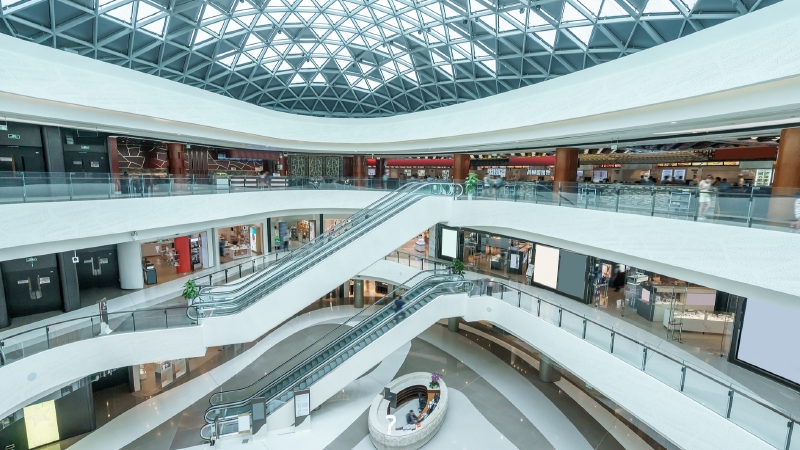
Addressing the issue of discovery as well as navigation makes the sums involved, and the ROI of solutions, even greater.
But for the moment we’ll stick just to the simple problem of navigation, and leave discovery for another time.
Poor indoor wayfinding costs money
A study of Emory University Hospital estimated that employees at regional hospitals spend 4,500 hours giving directions over the course of a year. That’s equivalent to more than two full-time employees, just giving directions. Taking this research and applying the figures to the 6,000 hospitals in the US suggests a $1.2 billion annual bill because patients can’t easily find their way around.
And that may be a big underestimate. A hospital in Melbourne found that staff spent 2.5% of their time giving directions or escorting people. The lost staff time was costing over $1 million per year for a single hospital!
In the UK, around 6.9 million outpatient appointments, each costing an average of £108, are missed each year and doctors attribute a significant fraction of these to navigation problems. This means that poor wayfinding may be costing British hospitals hundreds of millions of pounds each year.
In airports, 75% to 80% of delayed flights are due to passengers boarding late or not at all. And late flights cost the US economy $33 billion annually. That means that passengers arriving late at gates may be costing the US economy $25 billion annually.

Poor indoor wayfinding misses revenue
When navigation isn’t easy, there can also be a lost revenue opportunity. According to the LBMA, up to 40% of shoppers fail to find at least one product they intended to buy in every shopping trip. Retailers are experiencing a 3-5% loss in revenue relating to unlocatable products. These figures suggest that US brick and mortar retailing might be missing out on $50 billion of sales because people can’t find the products they’re looking for.
Research conducted by Crowd Connected suggests that the global exhibition industry may be leaving $26 billion on the table each year, simply because difficult wayfinding leaves visitors unable to find all the exhibitors they want to speak with.
Why do we still have these problems?
Signage, and maps displayed at entrances, even coloured lines on the floor - have all been around for a very long time. But they’re not enough to ensure that everyone gets to where they need to be on time. That’s clear from all the research.
Behind this is a shift in the way people think, and in particular the way they navigate, now that the internet and smartphones are so pervasive. Continued use of turn-by-turn instructions, and a blue dot on a map, is actually altering our brains and making us less able to find our way around unaided.
The answer is to make more use of these digital tools in indoor environments. Smartphones, maps, apps, indoor positioning, push notifications, personalised information, location analytics. All can help us discover and find everything we want.
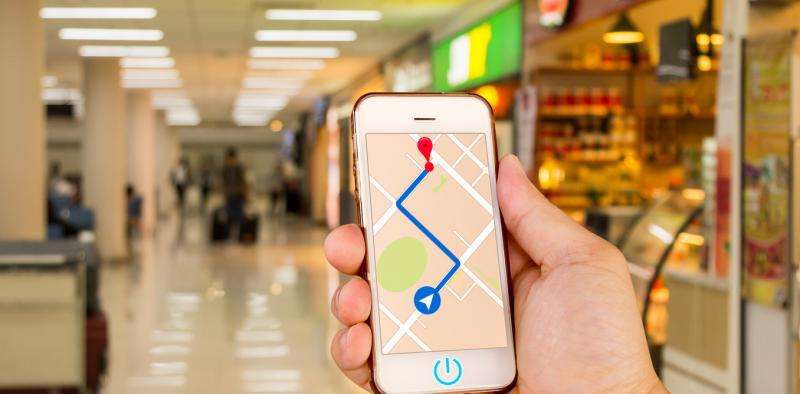
These advanced digital tools are available, but they aren’t yet widely adopted. Even putting a blue dot on an indoor map isn’t yet common. Given the costs of decreased efficiency and lost revenue, why not?
The answer is that until now, solutions have been too complex, too expensive, and too risky to procure. And that’s what Crowd Connected has been busy fixing. There’s huge value in every public building making navigation and discovery work better. But they need solutions that are simple to understand, easy to evaluate, cost-effective, and reliable.
Better navigation and discovery are good for everyone.
Now that indoor navigation and discovery tools are accessible for any building, the efficiency costs and revenue gap will start closing. And getting lost indoors won’t be costing tens of billions every year.
About Crowd Connected
Crowd Connected provides venues, buildings, events, digital map providers and app developers with an indoor positioning system for navigation, mobile tracking, personalised engagement and footfall analytics. Contact us for more information and to see a live demo of our platforms and tools in action.
